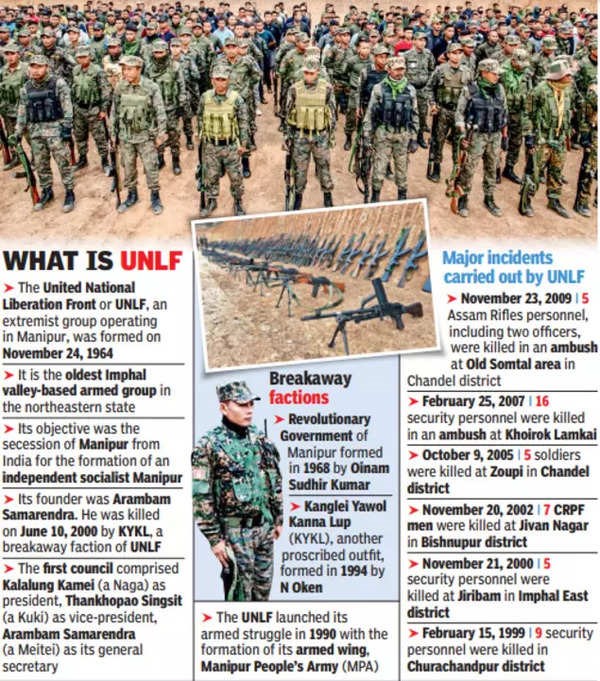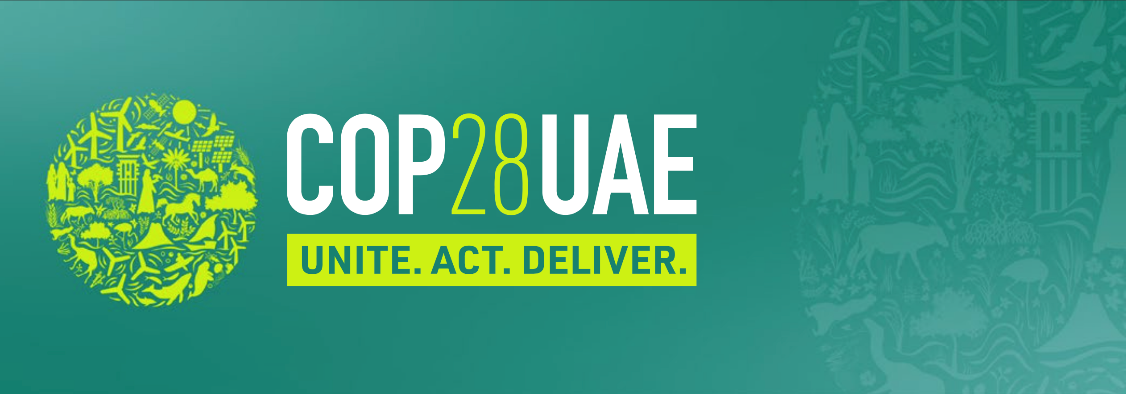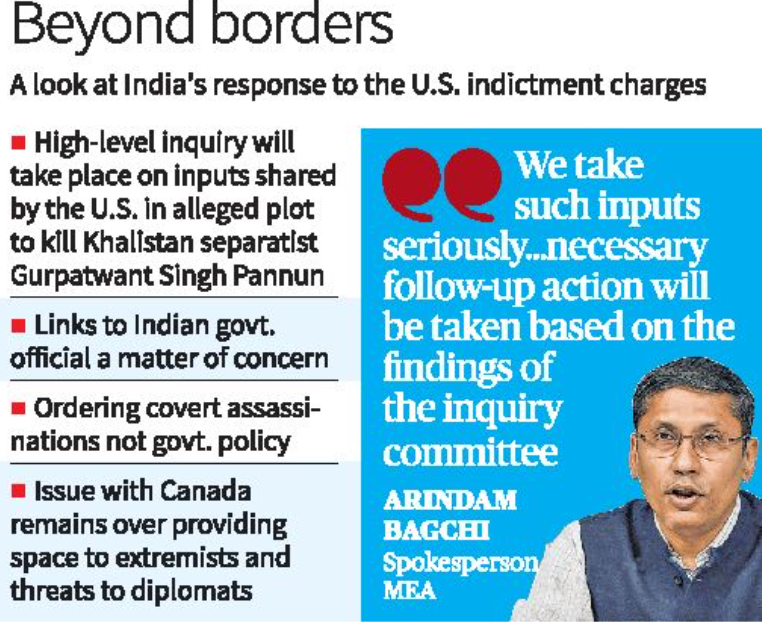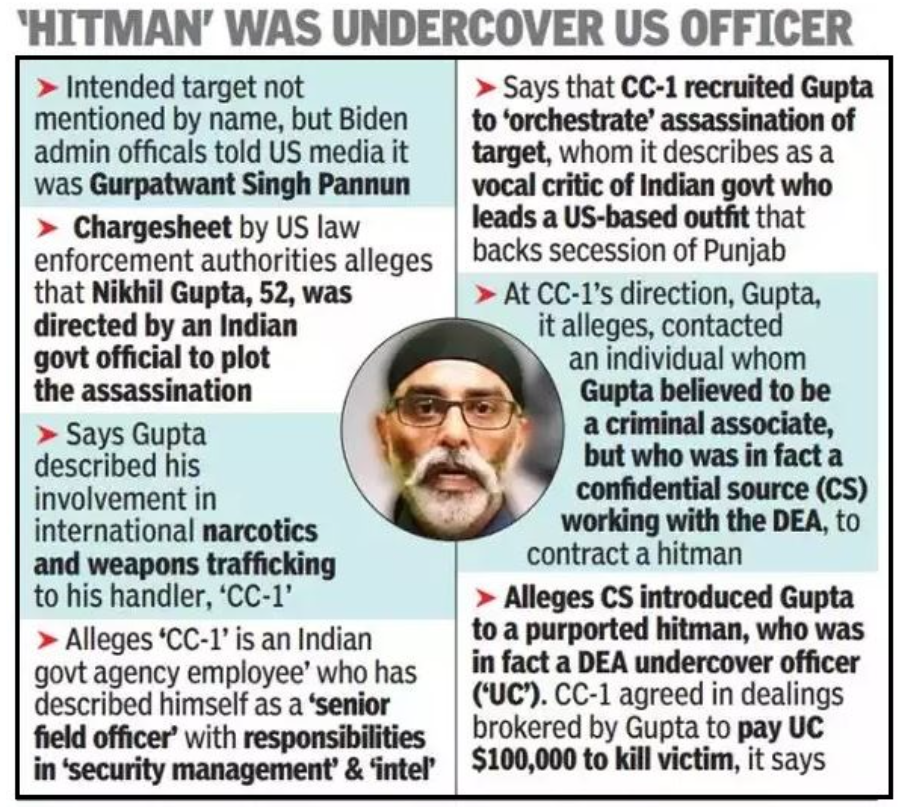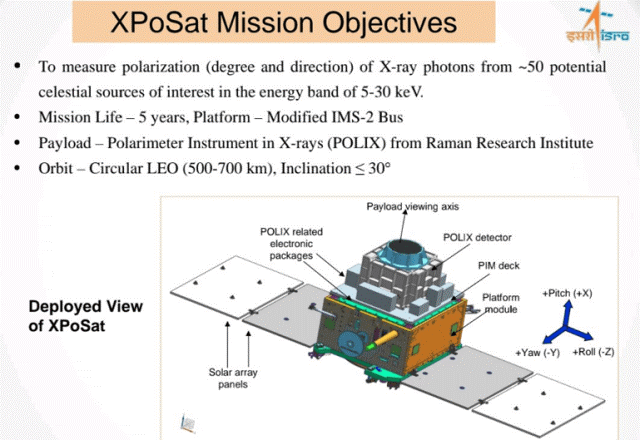India intends to create a "Sovereign AI" of its own
Context:
India is strategically enhancing its technological capabilities by expanding the Digital Public Infrastructure (DPI) model into the realm of artificial intelligence (AI) to attain sovereign AI capabilities.
Sovereign AI Initiative
Strategic Direction: The Minister of State for Electronics and IT underscores India’s dedication to cultivating sovereign AI capabilities, breaking away from dependence on global tech giants’ ecosystems.
Focus Areas: The government’s AI strategy centers on practical applications in sectors such as healthcare, agriculture, and governance, with the goal of achieving a broader economic impact.
Tech Governance Solutions so far
Global Positioning: India positions itself as a leader in leveraging technology for large-scale governance solutions.
Prominent Examples: Key achievements include the Aadhaar biometric identity program and the Unified Payments Interface (UPI), showcasing the country’s prowess in utilizing technology for governance.
Digital Public Infrastructure (DPI): This concept involves government-backed technology frameworks later expanded upon by private entities for diverse applications.
India’s Strategy for AI Control
- Policy Framework: The National Data Governance Framework Policy, proposed by MeitY, envisions the creation of an India Datasets platform, aggregating non-personal and anonymized government data.
- Empowering Innovation: The initiative aims to grant startups and researchers access to valuable data for AI development and research.
- Objective: The policy aims to modernize data collection to enhance governance and stimulate an AI-centric startup ecosystem.
Unified National Data Sharing Platform
- Report Findings: A recent IT Ministry report underscores the India datasets program’s role in enabling diverse data sharing and exchange use cases.
- Data Monetization: The potential monetization of non-personal data is viewed as a catalyst for innovation and growth in the AI sector.
Regulating AI in India
- Legislative Outlook: Future AI governance laws in India are expected to reflect the significant role AI plays in the digital economy.
- Regulatory Approach: The government plans to adopt a hybrid regulatory model, incorporating elements from both European and American frameworks.
- Tech Giants’ Data Sharing: A proposed directive, part of the draft Digital India Bill, may necessitate major tech companies to contribute non-personal data to a government database.
- Legislative Timeline: The Digital India Bill is anticipated to be a focal point for the government post the 2024 general elections.
- Committee Recommendations: A MeitY-appointed committee suggests using aggregated non-personal data for economic gains, identifying specific high-value datasets for this purpose.
Conclusion
In its pursuit of sovereign AI and a resilient digital public infrastructure, India positions itself as a significant player in the global AI domain.
The emphasis on practical AI applications, coupled with a well-balanced regulatory approach, aims to foster innovation, ensure effective data governance, and drive economic growth.
Central and Manipur sign Peace Accord with UNLF
Context:
The recent signing of a peace agreement between the governments of the Union and Manipur and the United National Liberation Front (UNLF), a prohibited Meitei extremist organization, is a significant development in the region. This marks a historic event in Manipur’s history, particularly considering UNLF’s status as the oldest armed group in the Manipur valley.
Understanding UNLF
- Establishment: Formed on November 24, 1964, under the leadership of Arembam Samarendra Singh, the UNLF stands as the oldest insurgent group in the Manipur valley.
- Diverse Leadership: Initially led by individuals of various ethnic backgrounds, including Naga and Kuki leaders.
- Armed Wing and Activities: The Manipur People’s Army, established in 1990, has been responsible for numerous attacks against Indian security forces.
- Current Status: Currently divided into two factions, the UNLF comprises an estimated 400-500 members, primarily operating in the Manipur valley and some Kuki-Zomi hill districts.
- Base of Operations: Mainly operating from Myanmar, the group has faced challenges due to conflicts with the Myanmar military and other Ethnic Armed Organizations (EAOs).
Precedent for the Peace Agreement
- Historical Context: The engagement of Meitei Extremist Organizations (VBIGs) in peace talks with the Centre is a noteworthy departure from tradition.
- Previous Instances: While smaller groups like UPPK, KCP, and Maoist Communist Group have diminished or disbanded, the specifics of their agreements remain unclear.
- UNLF’s Internal Dynamics: Experiencing splits in the mid-1990s and 2021, different factions emerged under new leaders. The faction led by Khundongbam Pambei has been open to negotiations since 2020.
Status of Other Insurgent Groups
- Broader Insurgency Landscape: As one of the seven Meitei insurgent groups banned by the Union government, UNLF plays a significant role.
- Opposition to Talks: The UNLF faction under NC Koireng remains resistant to engaging in peace talks.
- Agreements with Other Groups: Although a Suspension of Operations (SoO) agreement was reached in 2008 with Kuki-Zomi insurgent groups, the Manipur government withdrew from agreements with some groups in 2022.
Conclusion
The peace agreement with UNLF is a crucial step towards addressing the enduring insurgency in Manipur.
It signifies a shift in the approach of Meitei insurgent groups, showing a willingness to engage in dialogue and potential reconciliation.
The success of this agreement could open doors for further peace initiatives in the region, contributing to stability and development in Manipur.
Compensation for Damages: COP-28 conference
Context:
A fund designed to address the repercussions of climate change has garnered commitments totaling at least $450 million. All developing nations are eligible to seek support from this fund.
About COP 28:
COP 28 took place in Dubai, UAE, serving as a significant conference under the United Nations Framework Convention on Climate Change (UNFCCC).
Loss and Damage Fund:
- Member nations have reached an agreement to operationalize a Loss and Damage (L&D) fund, aiming to compensate countries already grappling with the impacts of climate change.
- While commitments exceeding $450 million have been secured, additional funds in the billions are still required to fulfill its intended purpose.
- The L&D fund was initially introduced at the conclusion of COP-27 in Sharm El-Sheikh, Egypt, last year. However, it took five separate meetings, facilitated by transitional committees, to achieve unanimous agreement on the fund’s text.
Positive Initiatives:
Financial pledges have been made by developed countries, including:
- The United Arab Emirates: $100 million (the host country)
- Germany: $100 million
- The United States: $17 million
- The United Kingdom: Approximately $50.6 million
- Japan: $10 million as part of the L&D
- The European Union: An additional commitment of $145 million on top of Germany’s contribution
The World Bank will serve as the “interim host” for the fund for a four-year period, operating in line with the principles of the UNFCCC and the Paris Agreement.
All developing nations are eligible to apply for support, and every country is encouraged to contribute to the fund on a voluntary basis. A specific percentage is earmarked for Least Developed Countries and Small Island Developing States.
1.5 Trillion Dollars Bill:
A study indicates that the cost of loss and damage from climate change amounted to about $5 trillion in 2022.
Several developing countries, along with some of the poorest nations, experienced an average loss of approximately 8.3% of their GDP due to climate change.
The current structure of the fund does not specify the frequency of replenishment.
U.S. Claims Against India in Terrorist Killing Scheme
Context:
Recent developments involve US accusations implicating an Indian official in a plot to assassinate a Khalistani terrorist, causing concern for India’s Ministry of External Affairs (MEA).
Indian Government’s Position:
While acknowledging the seriousness of the situation, the MEA denies the involvement of the Indian diplomat in the alleged plot.
The accusations coincide with Prime Minister Narendra Modi’s visit to the G7 and Quad leaders’ summit, along with the conclusion of the India-US Defence Industrial Cooperation Roadmap.
Profile of the Accused Official:
The accused official, described as a “Senior Field Officer” with a background in security management, intelligence, and military training, has served in the Central Reserve Police Force.
Pre-Indictment Measures by India:
In anticipation of the indictment, India established a high-level inquiry committee on November 18, likely comprising officials from intelligence, investigative, law enforcement agencies, and the MEA.
Diplomatic Engagements:
Prior to the indictment, there were months of diplomatic and intelligence discussions between the US and India, including meetings between US NSA Jake Sullivan, NSA Ajit Doval, and CIA Director William Burns’ visit to India.
India’s Diplomatic Response:
Contrary to its response to Canada’s allegations, India is handling the situation with restraint, prioritizing its relationship with the US to prevent it from escalating into a diplomatic crisis.
US-India Relations:
The complex dynamic involves a strategic and values-based partnership evolving over decades, marked by significant trade and strategic interests, and a constant debate over shared values versus strategic interests.
Historical Perspective:
The relationship has withstood challenges, such as the Nixon-Kissinger era, nuclear tests sanctions, and the Indo-US nuclear deal.
Way Forward:
India’s commitment to a thorough investigation is crucial for maintaining credibility and managing its relationship with the US. Questions arise regarding the US reluctance to extradite the accused to India, and the global diplomatic impact may affect India’s relations with “Five Eyes” intelligence partner countries.
India’s Reputation:
India’s consistent and credible power image is at stake, necessitating a wise and principled approach to navigate the delicate diplomatic challenge posed by the US allegations.
Conclusion:
The Indian government must delicately navigate a diplomatic tightrope in addressing the US allegations, balancing national integrity with maintaining robust international relations, particularly with a key partner like the United States.
Indian Space Research Organisation (ISRO) to Launch First X-Ray Polarimeter Satellite
Context:
India is preparing to launch its inaugural X-Ray Polarimeter Satellite (XPoSat) via the Polar Satellite Launch Vehicle (PSLV) from the Satish Dhawan Space Center in Sriharikota.
Mission Overview:
- The Indian Space Research Organisation (ISRO) has disclosed plans to launch the X-Ray Polarimeter Satellite (XPoSat) with the primary goal of exploring the polarization of intense X-Ray sources.
- This venture represents a significant enhancement to India’s space-based X-Ray astronomy endeavors, emphasizing imaging, time-domain studies, and spectroscopy.
Observational Details:
- The XPoSat spacecraft is specifically configured for observation from a Low Earth Orbit at an altitude of approximately 650 km and a low inclination of around six degrees.
- It will carry two scientific payloads designed to facilitate simultaneous studies of the temporal, spectral, and polarization characteristics of bright X-Ray sources.
Mission Objectives:
The XPoSat mission is set to achieve several objectives, including measuring X-Ray polarization in the 8-30 keV energy band emitted by X-Ray sources and conducting long-term spectral and temporal studies of cosmic X-Ray sources within the 0.8-15 keV energy band.
Observational Phases:
During its transit through the Earth’s shadow, known as the eclipse period, the XPoSat payloads will observe X-Ray sources, providing valuable data during this specific phase.
Primary and Secondary Payloads:
- The primary payload, POLIX (Polarimeter Instrument in X-rays), was developed by the Raman Research Institute (RRI), Bengaluru, with collaborative support from various ISRO centers. POLIX is designed to measure polarimetry parameters, specifically the degree and angle of polarization, in the medium X-ray energy range of 8-30 keV.
- The secondary payload, XSPECT (X-ray Spectroscopy and Timing), was developed by the U.R. Rao Satellite Centre (URSC), ISRO. XSPECT will contribute spectroscopic information within the energy range of 0.8-15 keV.
Launch Details:
The XPoSat is scheduled to be launched using the Polar Satellite Launch Vehicle (PSLV) from the Satish Dhawan Space Center in Sriharikota.
Personality in News Lalithambika
Context:
Recently, V. R. Lalithambika was honored with France’s highest civilian award in recognition of her exceptional contributions to space collaboration initiatives between India and France.
About her:
- Born in 1962, Dr. V.R. Lalithambika is a distinguished Indian scientist, writer, and engineer affiliated with the Indian Space Research Organisation (ISRO).
- Her association with ISRO commenced in 1988 when she assumed the role of a launch vehicle autopilot design engineer at the Vikram Sarabhai Space Center.
Key Contributions:
- Lalithambika played a pivotal role in fostering collaboration between ISRO and the French National Space Agency CNES.
- Notably, she led the Gaganyaan mission in 2018, aiming to send Indian astronauts to space by 2022.
- Her involvement extended to coordinating with the French National Space Agency (CNES) for the Gaganyaan project.
- Additionally, she served as the inaugural director of the Human Spaceflight Programme at ISRO.
Awards and Honors:
- Throughout her illustrious career, Lalithambika has received several accolades.
- In 2001, she was awarded the Space Gold Medal, and in 2013, she earned both the ISRO Individual Merit Award and the ISRO Performance Excellence Award.
- The Astronautical Society of India also honored her for her exceptional contributions to launch vehicle technology.


